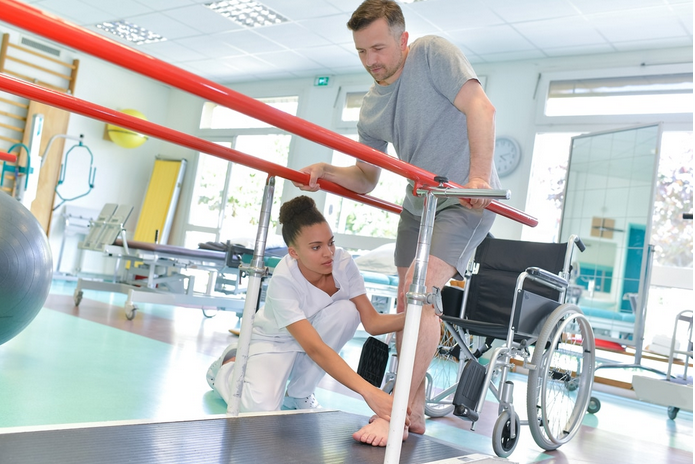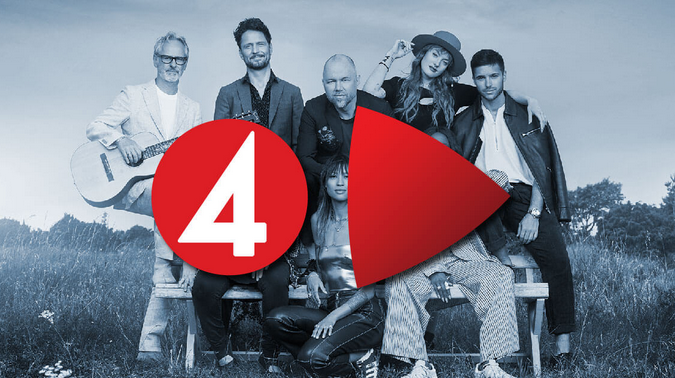Observation is a fundamental skill for healthcare providers involved in pain management. The ability to keenly observe and interpret patients’ symptoms and responses is essential for developing effective treatment plans. In this guide, Dr. William Siefert shares insights on mastering pain management observation and its practical application.
The first step in pain management observation is to carefully observe the patient. Pay attention to their body language, facial expressions, and verbal cues. These can provide valuable clues about the intensity and location of their pain. Additionally, observe how pain may affect their behavior, mood, and overall well-being. These observations serve as a foundation for understanding the patient’s pain experience.
Diagnosing the patient is another crucial aspect of pain management observation. It involves gathering information about the medications the patient is taking, their frequency of use, and any potential side effects. This knowledge helps in identifying medications that may contribute to pain or hinder its management. Additionally, it allows healthcare providers to assess the effectiveness of current treatments and make informed decisions about adjusting or introducing new interventions.
Dr. William Siefert In pain management observation, it is important to assess non-pain issues that may impact the patient’s overall experience. For instance, patients with chronic pain may also suffer from sleep disturbances or psychological conditions such as anxiety or depression. By addressing these associated factors, healthcare providers can develop comprehensive treatment plans that address the multidimensional nature of pain.
To enhance observational skills, healthcare providers should engage in ongoing education and training. This may include attending workshops, conferences, and collaborating with colleagues to share experiences and insights. Developing a keen eye for detail and honing the ability to interpret subtle cues will significantly contribute to the accuracy and efficacy of pain management interventions.



